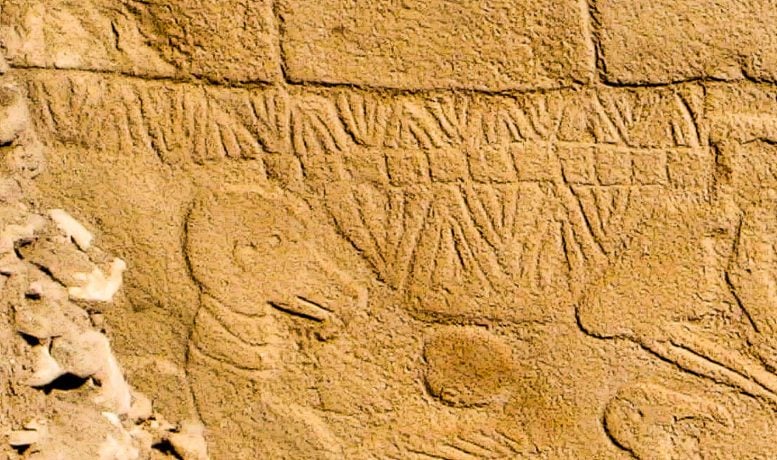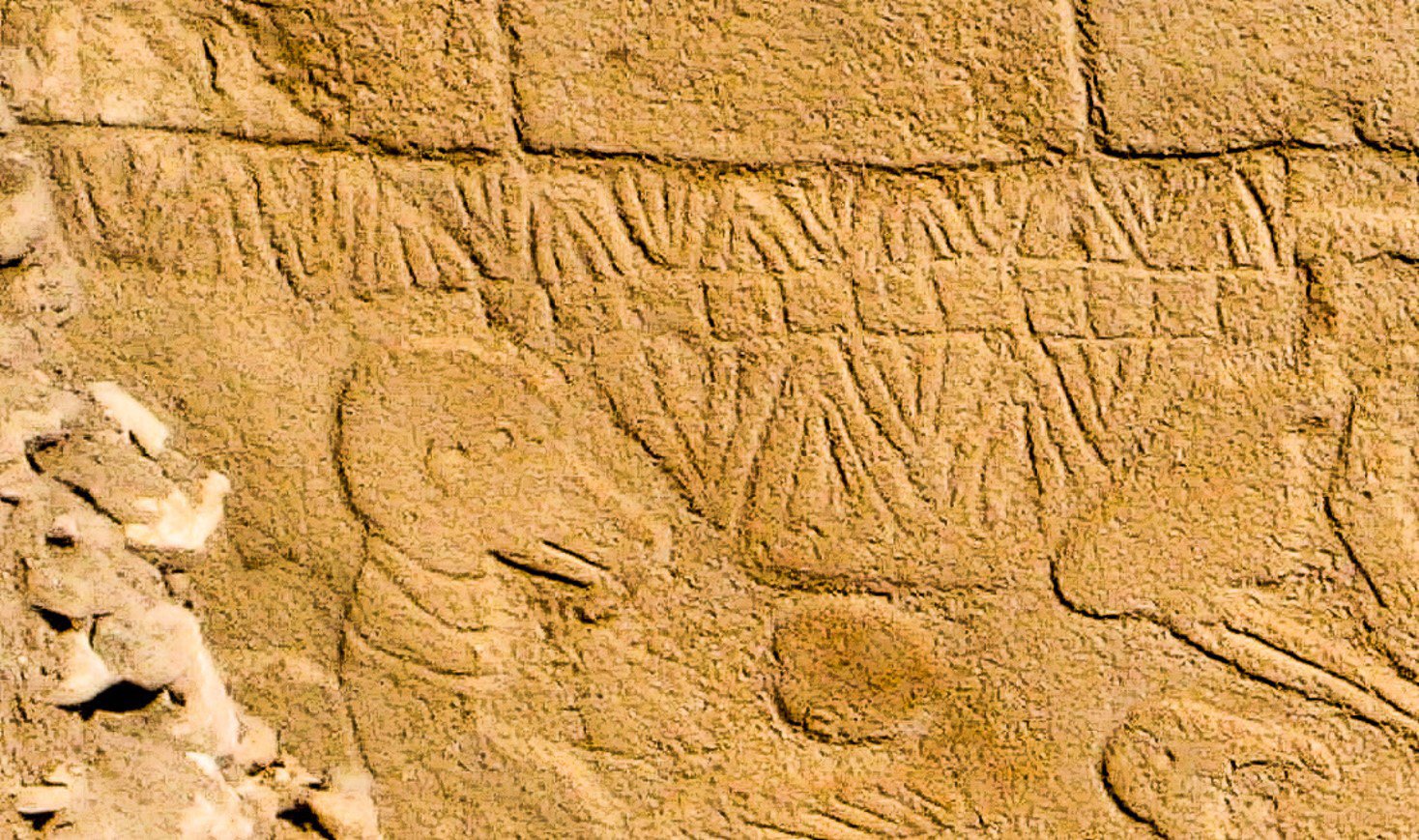
The carvings at Göbekli Tepe are considered to be the oldest calendar in the world. Photo credit: Dr. Martin Sweatman
Research at the 12,000-year-old Göbekli Tepe archaeological site in Turkey suggests that the carvings on the ancient pillars may represent the world’s oldest solar calendar, possibly created to commemorate a devastating comet impact that may have spurred the development of civilization.
Markings on a stone pillar at a 12,000-year-old archaeological site in Turkey likely represent the world’s oldest solar calendar, created to commemorate a devastating comet impact, experts say. These markings, found at Göbekli Tepe in southern Turkey – an ancient complex with temple-like enclosures decorated with intricate carvings – could document an astronomical event that sparked a significant shift in human civilization, researchers believe.
Research suggests that ancient people were able to record their observations of the sun, moon and constellations in the form of a solar calendar that was used to keep track of time and mark the changing of the seasons. A new analysis of V-shaped symbols carved into pillars at the site has found that each V could represent a single day. This interpretation allowed researchers to count off a solar calendar of 365 days on one of the pillars, consisting of 12 lunar months plus 11 additional days.
Meaning of solar and lunisolar calendars
The summer solstice is depicted as a special day of its own, symbolized by a V around the neck of a bird-like animal, which is said to represent the constellation of the summer solstice at that time. Other statues, possibly depicting deities, have been found nearby, with similar V markings around their necks.
Since both the cycles of the moon and the sun are depicted, the carvings could represent the world’s oldest so-called lunisolar calendar, which is based on the phases of the moon and the position of the sun – and is therefore many thousands of years older than other known calendars of this type.
According to researchers, ancient people may have created these carvings at Göbekli Tepe to record the date when a swarm of comet fragments hit Earth nearly 13,000 years ago – 10,850 BC.
The comet impact is said to have initiated a small ice age lasting over 1,200 years, during which many species of large animals. It may also have triggered changes in lifestyle and agriculture that are probably linked to the birth of civilization in the Fertile Crescent of western Asia that soon followed.
Representation of astronomical phenomena
Another column at this location appears to represent the Taurid meteor shower – believed to be the source of the comet fragments – which lasts 27 days and comes from the directions of Aquarius and Pisces.
The find also seems to confirm that ancient people were able to record data using precession – the wobble of the Earth’s axis that affects the movement of constellations in the sky – at least 10,000 years before the phenomenon was documented by ancient Greece’s Hipparchus in 150 BC.
The carvings appear to have played an important role for the people of Göbekli Tepe for thousands of years, suggesting that the impact event may have marked the beginning of a new cult or religion, which in turn influenced the development of civilization.
The discovery also supports the theory that the Earth is more likely to be affected by comet impacts when its orbit crosses the path of orbiting comet fragments that we normally perceive as meteorite streams.
Dr Martin Sweatman, from the University of Edinburgh’s School of Engineering, who led the research, said: “It appears that the inhabitants of Göbekli Tepe were keen observers of the skies, which is to be expected given that their world had been devastated by a comet impact. This event may have kick-started civilisation by giving birth to a new religion and encouraging the development of agriculture to cope with the cold climate. It is possible that their attempts to record what they saw were the first steps towards the development of writing thousands of years later.”
Reference: “Representations of calendars and time at Göbekli Tepe and Karahan Tepe support an astronomical interpretation of their symbolism” by Martin B. Sweatman, July 24, 2024, Time and Spirit.
DOI: 10.1080/1751696X.2024.2373876

